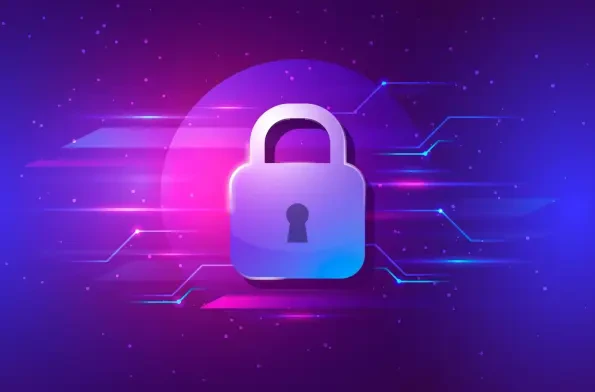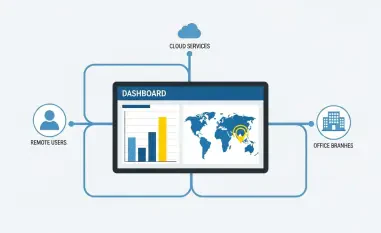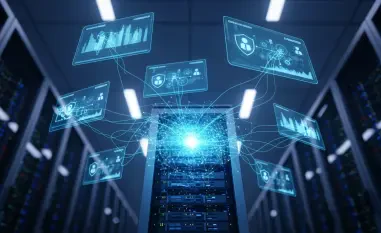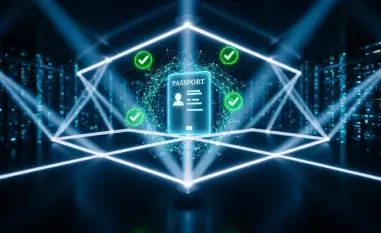In the rapidly evolving landscape of cybersecurity, the focus on non-human identities (NHIs) is crucial. Malik Haidar, a cybersecurity expert with vast experience in leveraging analytics and intelligence within multinational corporations, delves into the significance of securing NHIs. As we transition into an era dominated by digital interactions, securing non-human interactions across platforms like SaaS and IaaS becomes imperative. In this interview, Malik provides insights into how companies like Astrix are addressing these challenges, ensuring that NHIs operate securely within intended parameters while preventing potential security risks.
Can you explain what Non-Human Identities (NHIs) are and why they’re important in today’s digital landscape?
Non-Human Identities are essentially digital forms of identification for software entities such as service accounts, API keys, and AI agents. They’re responsible for facilitating seamless interactions in digital environments. Given the explosion in the number of these identities due to advancements in AI and cloud computing, securing NHIs has become paramount. They perform critical functions and hold powerful privileges, thereby forming a significant attack surface if not adequately protected.
How does Astrix secure and manage non-human identities across different environments like SaaS, IaaS, and On-Prem?
Astrix employs a comprehensive approach that covers a broad range of environments, ensuring protection across platforms like AWS, Azure, and GitHub. By seamlessly integrating into these various environments, Astrix provides holistic NHI management, guaranteeing that these identities function as intended without falling prey to unauthorized access or exploitation.
How does Astrix provide visibility and control over NHIs in interconnected ecosystems?
Astrix offers real-time observation and governance of NHIs through intuitive dashboards. These provide a clear view of interconnections across different platforms, allowing security teams to track and control identity credentials actively, reducing potential vulnerabilities within these ecosystems.
What steps does Astrix take to prioritize risks and respond to threats associated with NHIs?
Risk prioritization is a major component of Astrix’s strategy. By identifying the most critical threats and focusing resources effectively, they ensure quick response times. This is achieved through a combination of anomaly detection, behavioral analysis, and threat intelligence, creating a robust framework for mitigating risks.
Can you discuss the importance of extending IAM programs to include NHIs?
Inclusion of NHIs in Identity and Access Management (IAM) programs is crucial because machine identities often outnumber human ones and carry significant privileges. By extending IAM programs to encompass NHIs, organizations can maintain tighter control and enhance security across all identity types.
With 85% of enterprises planning to adopt AI Agents, how does Astrix ensure these agents operate securely and within intended parameters?
Astrix focuses on strictly defining and monitoring the parameters within which AI agents operate. This involves continuous evaluation and adjustment in real time to ensure compliance with operational intentions, thus minimizing the risk of rogue behaviors or abuse.
How does Astrix discover and secure third-party apps and vendors, including unknown unknowns?
Astrix employs advanced discovery techniques to map out all third-party connections and applications. By doing so, they illuminate “unknown unknowns” and secure these often overlooked aspects, providing comprehensive safeguarding against vulnerabilities that might otherwise be missed.
On average, how many machine credentials does a developer create weekly, and how does Astrix secure these credentials?
Developers typically create around ten machine credentials each week. Astrix secures these credentials by employing encryption and secure storage methodologies, thereby safeguarding SSH certificates, service accounts, and personal access tokens from unauthorized access and misuse.
Could you elaborate on the role of behavioral analysis in Astrix’s approach to NHI security?
Behavioral analysis is pivotal to Astrix’s strategy. By scrutinizing the behavioral patterns of NHIs, Astrix can detect anomalous activity that could indicate compromised credentials or malicious intent, thus enabling timely intervention to mitigate potential threats.
How does Astrix help organizations maintain the integrity of automated processes and systems?
Astrix ensures the integrity of automated systems by continuously monitoring all active NHIs. This includes reviewing the lifecycle of tokens and understanding their impact on automated processes, thereby preventing unauthorized changes and ensuring system stability.
What approach does Astrix take to reduce response time to NHI risks?
By employing predictive analysis and automated response systems, Astrix can swiftly assess the level of threat posed by an anomaly and initiate appropriate countermeasures, thereby significantly reducing response times to NHI-related risks.
How does Astrix integrate with existing security programs like Cloud Security, GRC, and TPRM?
Integration with existing security frameworks is achieved through seamless connectivity and data exchange. Astrix acts as an overlay that enhances existing programs like Cloud Security, Governance, Risk, and Compliance (GRC), and Third-Party Risk Management (TPRM), making them more comprehensive and effective.
How does Astrix’s solution facilitate a holistic view of which keys are communicating and their associated products?
Astrix’s solution offers a unified view that shows how NHIs interact within the environment. This transparency into key communications and associations allows organizations to maintain control and insight into their security perimeter.
What makes the onboarding process with Astrix seamless for clients?
The onboarding process is streamlined through user-friendly interfaces and thorough support, ensuring that clients can quickly gain comprehensive visibility into their NHI landscape without disruption to their ongoing operations.
Could you share more about Astrix’s continuous monitoring and threat detection capabilities?
Continuous monitoring by Astrix is enabled through advanced analytics and regular threat assessments. By constantly scanning the environment for emerging vulnerabilities, Astrix remains vigilant and agile, thereby fostering a proactive security posture.
How is Astrix featured in Gartner’s 2025 Hype Cycle for Digital Identity relevant to its offerings?
Inclusion in Gartner’s Hype Cycle signifies validation of Astrix’s cutting-edge approach to NHI security. It highlights the importance of their solutions in addressing modern identity challenges, providing assurance of their innovation and effectiveness.
What recognition has Astrix received from analysts like KuppingerCole?
KuppingerCole’s acknowledgment of Astrix as a Rising Star underscores the company’s innovation and influence in enhancing identity security. Their recognition is a testament to Astrix’s contribution to advancing the protection of NHIs.
How does Astrix empower end users to manage tool access to their environments?
Through democratized access policies, Astrix allows end users to maintain their environment’s security by explaining necessary tool accesses. This capability supports a tailored approach to security management that aligns with individual organizational needs.
Could you highlight some specific features of Astrix that provide a comprehensive view into the security environment?
Astrix offers features such as real-time risk dashboards, anomaly alerts, and detailed credential tracking. These tools provide a panoramic view of the NHI landscape, facilitating informed decision-making and strategic security maneuvers.
How has Astrix helped companies achieve faster mitigation of NHI risks?
By enabling an integrated view of all identity activities and deploying automated defenses, Astrix reduces the time required for threat identification and resolution, allowing companies to respond more swiftly to potential breaches or vulnerabilities.
Do you have any advice for our readers?
The most crucial advice is to continuously evolve your security practices to adapt to new challenges. Incorporating technologies that allow for real-time monitoring and proactive threat management can significantly enhance your organization’s defense against the growing complexity and volume of non-human identity transactions. Always stay informed and vigilant, ensuring that your protective measures are as dynamic as the threats they guard against.













